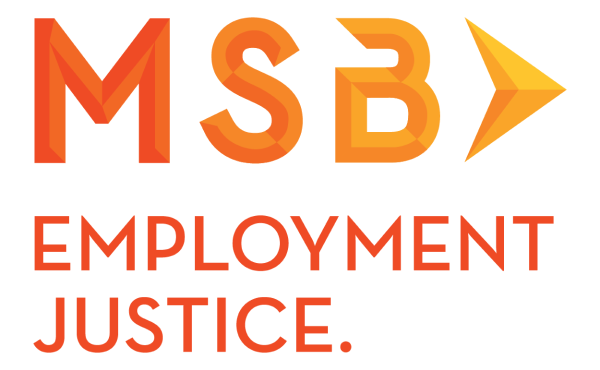When businesses encounter economic challenges or undergo organizational changes, it might implement certain strategies to improve its bottom line. One such strategy is reducing headcount via a reduction in force or “RIF,” an important decision that has far-reaching implications on both the organization and its employees.
Understanding Reduction in Force
A RIF takes place when a company chooses to eliminate multiple positions which, in turn, terminates the employees’ employment.
Root Causes for RIF
Several scenarios can trigger a decision for a reduction in the workforce:
- Economic downturns: An economic decline can put significant financial strain on a business, necessitating cost-saving measures.
- Mergers and acquisitions: When two companies combine or when one firm acquires another, there can often be an overlap in job roles, leading to unnecessary redundancies.
- Technological advancements: The introduction of new technologies can sometimes render certain job roles obsolete.
- Organizational restructuring: Companies might restructure their operations, which can lead to the streamlining of roles, resulting in job eliminations.
Reduction in Force vs. Other Employment Terminations
While the end result might seem similar, RIFs differ from other forms of employment termination.
RIF vs. Layoffs
While both involve job terminations, layoffs often imply a temporary cessation of employment with the potential for the employee to be recalled. In contrast, reductions in the workforce are typically permanent. Seasonal workers often experience layoffs.
RIF vs. Firings
Firings are usually the result of an employee’s performance, behavior, or other individual-specific reasons. On the other hand, a RIF doesn’t necessarily reflect on the performance of the terminated employee.
The Implications of a Reduction in the Workforce
Undoubtedly, RIFs have significant consequences:
For the Employees
Affected individuals face job loss, which comes with financial, emotional, and professional challenges. It can also lead to reduced morale among remaining employees, who might fear future RIFs.
For the Organization
While the immediate aim of a RIF might be to cut costs, it also brings about indirect costs like potential decreases in productivity, the cost of rehiring and retraining (if the situation improves), and potential damage to the company’s reputation.
The Path Forward After a RIF
Whether you’re an employer considering a reduction in the workforce or an employee facing its consequences, it’s crucial to approach the situation with care, knowledge, and empathy. Employers should ensure transparent communication, while affected employees should seek resources, networking opportunities, and possibly career counseling to navigate the transition.
Trust MSB Employment Justice for Reduction in Force Guidance

While reductions in force can be a challenging time for both businesses and employees, understanding its nuances and implications can pave the way for smoother transitions and more informed decision-making. Contact MSB Employment Justice today to learn more about how to navigate the RIF process.



